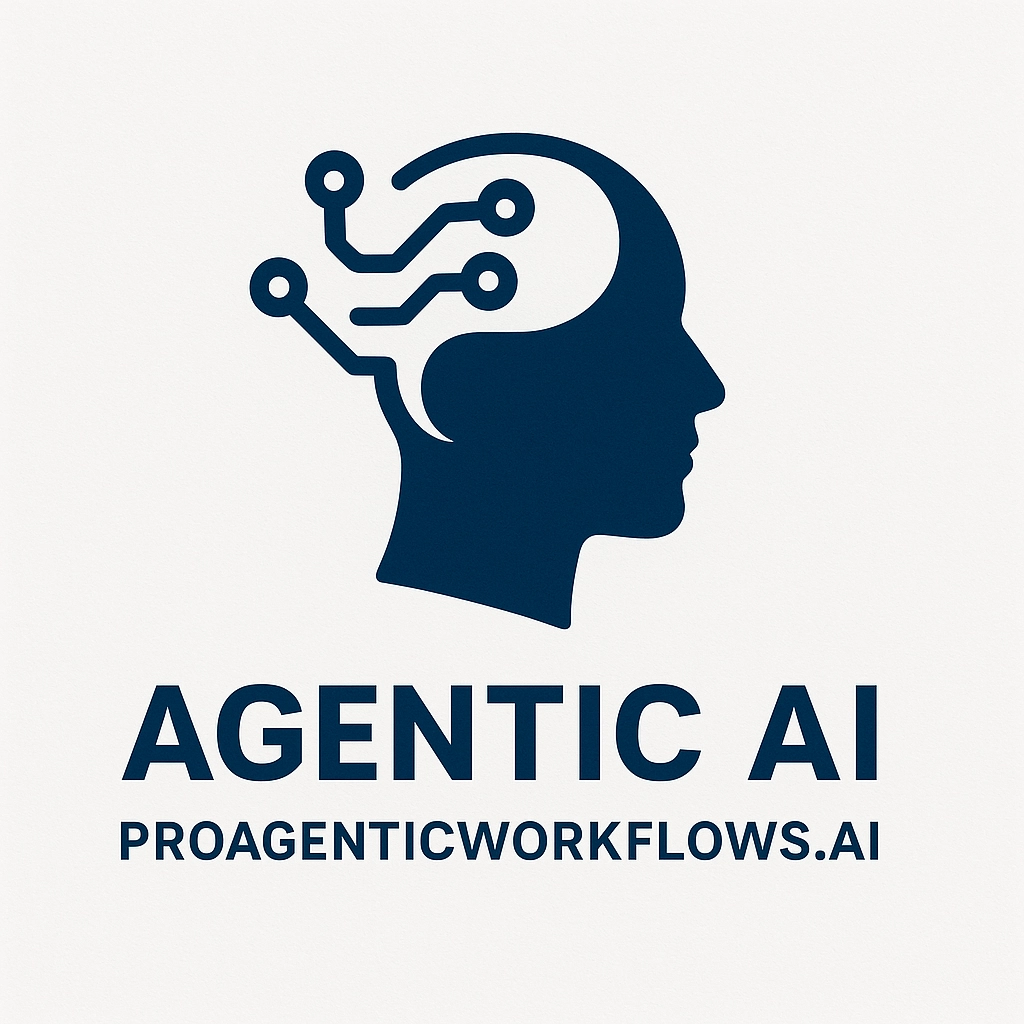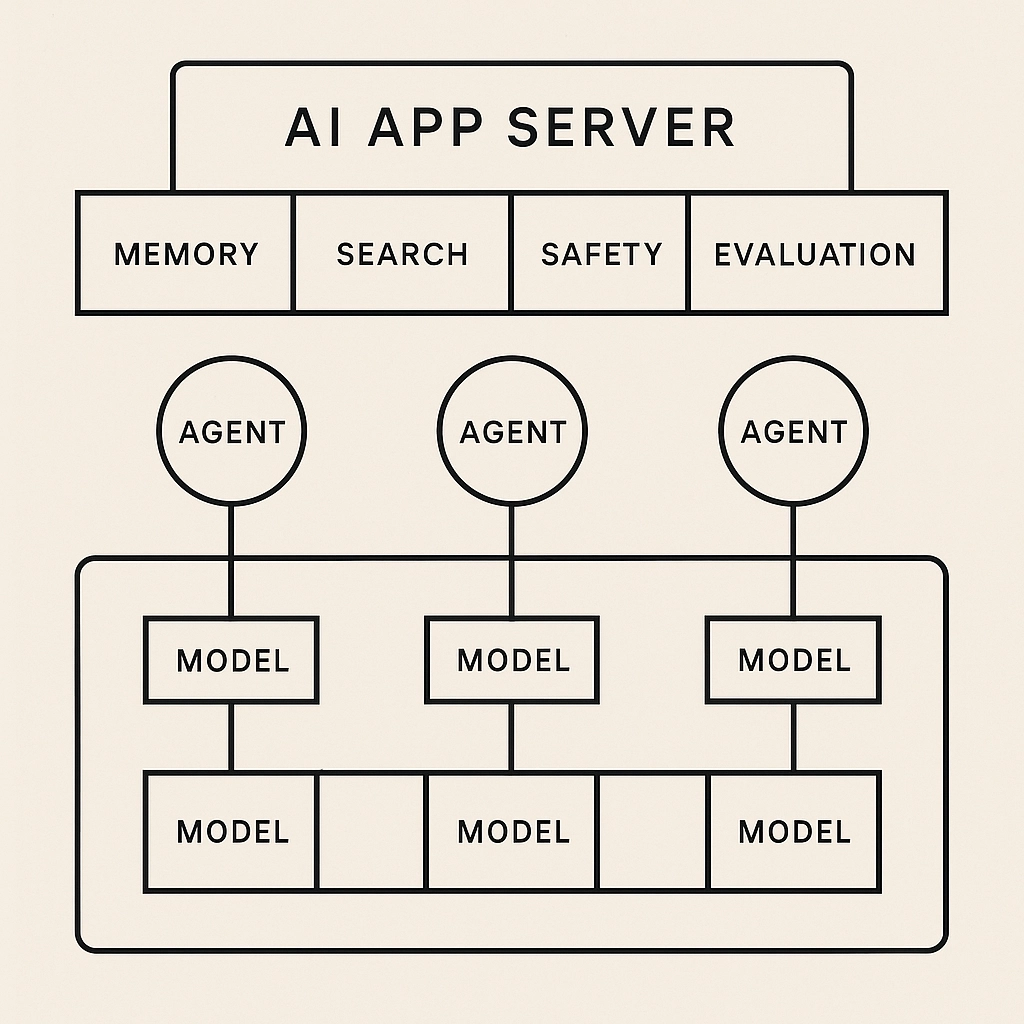TL;DR: The win isn’t “AI that chats nicely.” It’s goal-directed agents that (1) understand the contact reason, (2) fetch/execute with the right tools, (3) return grounded outcomes fast, and (4) improve through continuous evaluation. Start with automations that have unambiguous acceptance rules (refund eligibility checks, order status, address changes), wire them to policy-safe tools, and measure containment, AHT, P95 latency, and cost/contact with strict release gates.
1) The contact center has changed—your architecture should too
Modern contact centers are multi-modal (voice, chat, email, WhatsApp), policy-heavy, and integrated (CRM, order systems, payments, KYC). LLM agents are the first practical way to handle this complexity because they plan, call tools, observe results, reflect, and remember—under budgets and policies.
What “agentic” means here
Plan: infer intent, slots, constraints; decide next action
Act: call a tool (CRM lookup, refund rules, order APIs)
Observe: read results/errors
Reflect: decide if goal achieved; else next step or escalate
Remember: only the useful facts (TTL + provenance)
Keep the control flow deterministic (graph/state machine); let the model choose parameters, not the policy.
2) The reference architecture (production-lean)
Channels: Voice | Chat | Email/WhatsApp │ [Ingest + ASR (voice)] │ ┌──── Customer Context ────┐ │ (CRM, history, SLA) │ └────────────┬─────────────┘ │ Router (SLM) (intent, language, policy gates) ├─ Template/FAQ (no LLM) ├─ RAG Answerer (citations) └─ Agent Orchestrator (LLM) │ ┌─────┼──────────────────────────────────────────┐ │ Tools/Skills │ │ • CRM/tickets • Orders/payments • Policy │ │ • KYC/identity • Refund rules • Schedulers│ └─────┼──────────────────────────────────────────┘ │ Safety/Compliance • PII redaction • Allow/deny tools • Action limits │ Observability & Eval • Traces, metrics, leaderboards, gates (TSR, P95, containment, cost/contact, safety=0)Design notes:
SLM-first router handles cheap triage (intent/lang/channel policy).
Deterministic before generative: use templates/DB where possible.
RAG with citations for policy/KB answers; single LLM call for synthesis.
Orchestrator is a bounded loop with max steps/time/cost and explicit escalations.
3) Core use-cases (automate these first)
Reason for Contact (multi-label) → Routing/Resolution
Order/Booking Status + Policy Readback (grounded, cited)
Eligibility Checks (refund/returns/cancellations)
Data Change Flows (address, contact, schedule) with OTP/KYC tools
Ticket Creation + Wrap-ups (auto-categorize, priority, disposition)
Agent Assist (real-time suggestions, snippets, objection handling)
Post-Call QA (summary, sentiment, policy-adherence scoring)
Each has clear acceptance rules, making them ideal for safe automation.
4) Schemas > prose: make outputs verifiable
Contact reason + ticket schema (example)
{ "reason": ["refund_request","damaged_item"], "entities": {"order_id":"A123","amount":"₹1299","payment_mode":"UPI"}, "risk_flags": {"escalation": false, "pii_present": false, "compliance_block": false}, "resolution": { "action": "create_ticket", "ticket": { "title": "Refund request for A123", "priority": "P2", "summary": "Customer reports damaged item; refund eligible per policy v3.", "policy_citations": ["kb://refunds/v3#damaged"] } }}Validate with pydantic (or equivalent) and reject non-conforming results—don’t “fix” with extra LLM calls.
5) Grounding, not guessing (RAG done right)
Index the truth: policies, SOPs, macros, product specs, recent announcements.
Chunk for retrieval: semantically coherent, 300–800 tokens; add policy IDs.
Rerank: fewer, higher-precision passages → one generation.
Evidence-aware prompts: require citations; 0 citations ⇒ block or re-ask.
Freshness: snapshot the KB per release to avoid evaluation drift.
6) Safety, privacy, and compliance (non-negotiable)
PII redaction at ingest; reversible only under privileged flows.
Allow/deny tool lists by intent and channel (voice vs chat).
Action limits: no refunds/credits without precondition checks.
Data residency & retention: region pinning, TTLs for transcripts/summaries.
Human-in-the-loop for irreversible or high-risk actions.
7) Metrics that matter (and release gates)
Business & Ops
Containment Rate (no human handoff)
AHT / Handle Time (P50/P95), Queue time impact
Cost per Contact (LLM+infra / contact)
FCR / Repeat Contact Rate
CSAT/NPS delta (when available)
Agent Behavior
Task Success Rate (TSR) (acceptance rules satisfied)
Grounded Factuality (evidence-aligned)
Clarification Ratio (clarify turns / total turns)
Tool Use Accuracy (schema errors, retries, idempotency)
Dead-end/Loop Rate
Reliability
P95 Latency, Availability, Error taxonomy by tool edge
R@K / MRR (retrieval), Memory integrity (stale/contaminated)
Release gates (example)
TSR ≥ 0.85, Groundedness ≥ 0.90, Safety Violations = 0
Containment ≥ 0.35 in automated intents
P95 latency ≤ 6s, Cost/contact ≤ ₹X
No top-5 intent slice below 0.75 TSR
8) Implementation blueprint (30/60/90)
First 30 days (prove value safely)
Ingest + ASR + diarization (for voice); PII redaction.
Router (SLM) for top 5 intents; templates for FAQ/policy readback with citations.
Ticket auto-wrap-ups (schema + validation).
Observability: traces, per-intent leaderboard, basic offline eval set (50–100 cases).
Day 31–60 (expand automation)
RAG with reranker + confidence; rag-only early exit when confidence ≥ τ.
Tooling: orders.get, refunds.eligibility, kyc.verify (typed, idempotent).
Agent assist in live calls; queue deflection on identified easy intents.
Canary + rollback policies; weekly evaluation reports to ops leaders.
Day 61–90 (optimize + scale)
Bandit routing for path selection (template/RAG/agent) per intent.
Memory summaries with TTL; policy change alerts for re-indexing.
Cost/latency gates in CI/CD; adversarial test packs (prompt injection, jailbreaks, flaky tools).
Expand channels (WhatsApp/email), languages, and accents.
9) Evaluation you can operate
Offline suites bound to a KB snapshot; deterministic seeds; model pins.
Evidence-aware LLM judges (majority-vote) + rule checks (JSON validity, citations, word limits).
Shadow → canary → GA; block on gate breaches.
Slice analysis (intent, persona, language, channel) to avoid “average hides failure.”
10) Latency & cost playbook (what actually works)
SLM-first router; LLM fallback on low confidence.
One multi-head call (intent + entities + risk flags + answer) in JSON.
Deterministic tools and caches (response, partial, retrieval).
Parallelize independent tool calls; hard stop after N steps/tokens/time.
Region pinning (telephony, ASR, vector DB, LLM) to cut network round-trips.
11) ROI model (sanity check the business case)
ROI=ΔContainment⋅Contacts⋅Cost/contact⏟human time saved+ΔAHT⋅Handled minutes⋅Agent cost/min⏟assist gains+ΔFCR⋅Repeat rate⋅Cost/contact⏟fewer repeats−Infra + LLM + Ops⏟your spend\text{ROI} = \underbrace{\Delta \text{Containment} \cdot \text{Contacts} \cdot \text{Cost/contact}}_{\text{human time saved}} + \underbrace{\Delta \text{AHT} \cdot \text{Handled minutes} \cdot \text{Agent cost/min}}_{\text{assist gains}} + \underbrace{\Delta \text{FCR} \cdot \text{Repeat rate} \cdot \text{Cost/contact}}_{\text{fewer repeats}} - \underbrace{\text{Infra + LLM + Ops}}_{\text{your spend}}
Make the variables observable in dashboards; review monthly with Ops/Finance.
12) Common pitfalls (and how to avoid them)
Hallucinated actions: never allow state-changing tools without preconditions.
Eval drift: comparing runs with different KB or model versions—snapshot everything.
Over-automation: force human-in-the-loop for ambiguous or high-risk intents.
ASR bias on accents: tune per locale; enable real-time correction and agent assist.
Context bloat: summarize into slots; don’t resend transcripts each turn.
13) Copy-ready artifacts
Evidence-aware answer prompt (sketch)
System: You are a contact-center agent. Use ONLY the provided snippets.Rules: cite policy IDs; 180-word max; no PII; if insufficient evidence, say so and propose escalation.User goal: <parsed goal>Snippets: <id: text> ...Return JSON: {"answer":"...", "citations":["kb://..."], "needs_escalation":false}Tool contract (pydantic)
class RefundEligibility(BaseModel): order_id: str reason: Literal["damaged","late","wrong_item"] days_since_delivery: intClosing
Contact centers don’t need “smarter small talk.” They need reliable automation for the 60–80% of interactions with crisp rules and repeatable outcomes—plus agent assist for everything else. Build agents that are grounded, policy-safe, and measurable, with RAG before LLM, SLM before LLM, and deterministic before generative. If you can enforce that discipline, you’ll see faster resolutions, lower costs, and happier customers—and you’ll be able to prove it.






Comments